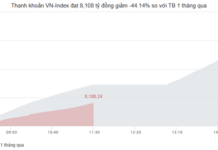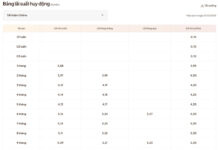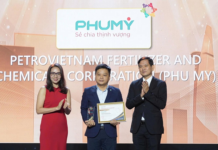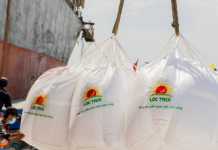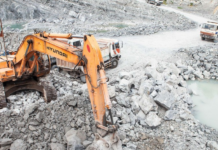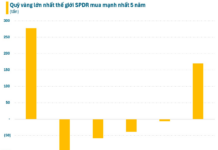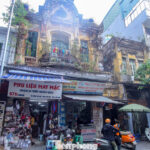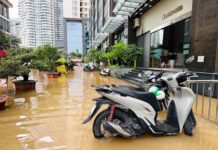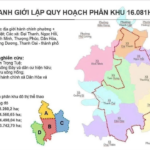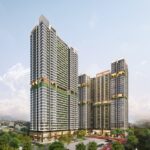Proposed Early Implementation of Vehicle Emission Standards in Hanoi and Ho Chi Minh City
On the afternoon of November 11th, Deputy Prime Minister Tran Hong Ha chaired a meeting to review and provide feedback on the draft Decision by the Prime Minister regarding the roadmap for implementing national technical standards for vehicle emissions in road transportation.
According to the Ministry of Agriculture and Environment, the roadmap aims to control air pollution, protect public health, and establish a legal framework to eliminate non-compliant vehicles, thereby promoting the transition to clean vehicles in line with international commitments to reduce emissions.
The roadmap ensures a cautious and feasible approach, with reasonable phases to minimize socio-economic impacts and avoid disruptions to daily life and business operations.
The Ministry of Agriculture and Environment also recommends prioritizing implementation in severely polluted areas such as Hanoi and Ho Chi Minh City. Alongside controlling and eliminating non-compliant vehicles, there is a need to encourage citizens to switch to eco-friendly modes of transport like electric vehicles, hybrids, and other environmentally friendly technologies.
Vietnam currently has approximately 5 million vehicles in operation nationwide. Among these, Hanoi and Ho Chi Minh City have the largest number of vehicles, with Hanoi managing over 1 million vehicles and Ho Chi Minh City also surpassing the 1 million mark.
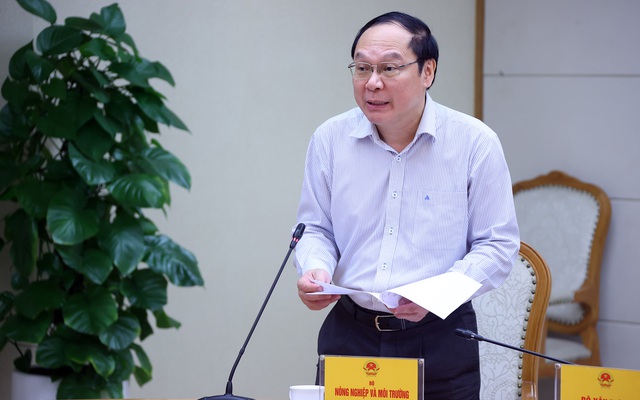
Deputy Minister of Agriculture and Environment Le Cong Thanh reporting at the meeting – Photo: VGP/Minh Khoi
Proposal for Vehicles Manufactured from 2017 to Meet Euro 3 Emission Standards by 2026
The roadmap will retain effective and relevant content while adding emission standards for vehicles manufactured from 2017 to 2021 and from 2022 onwards.
Specifically, the Ministry of Agriculture and Environment proposes that vehicles manufactured before 1999, when participating in traffic, will apply Emission Level 1 (equivalent to Euro 1 standards) from the effective date of the Decision.
Vehicles manufactured between 1999 and 2016, when participating in traffic, will apply Emission Level 2 (equivalent to Euro 2 standards) from the effective date of the Decision.
Vehicles manufactured between 2017 and 2021, when participating in traffic, will apply Emission Level 3 (equivalent to Euro 3 standards) from January 1, 2026; specifically in Hanoi and Ho Chi Minh City, Emission Level 4 (equivalent to Euro 4 standards) will apply from January 1, 2027.
Vehicles manufactured from 2022, when participating in traffic, will apply Emission Level 4 from January 1, 2026; Emission Level 5 (equivalent to Euro 5 standards) will apply from January 1, 2032; specifically in Hanoi and Ho Chi Minh City, Emission Level 5 will apply from January 1, 2028.
From January 1, 2029, all vehicles participating in traffic in Hanoi and Ho Chi Minh City must meet at least Emission Level 2.
Notably, vehicle types manufactured and assembled under technical safety and environmental protection certificates issued before January 1, 2022, will apply the emission standards of vehicles manufactured between 2017 and 2021 (Emission Level 3) until the certificates expire.
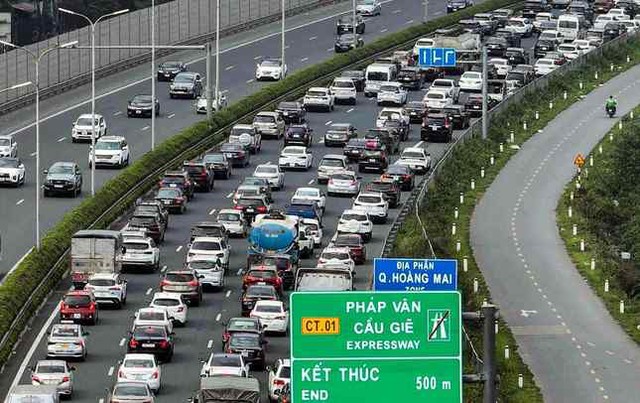
Illustrative Photo: Tien Phong
Speaking at the meeting, Deputy Minister of Construction Le Anh Tuan stated that the Ministry generally agrees with the draft roadmap for implementing vehicle emission standards in road transportation.
According to him, from Emission Level 1 to Level 3 and Level 4 as proposed, the proportion of non-compliant vehicles is only about 3-9%, so the social impact is not significant.
However, applying Emission Level 4 to vehicles manufactured between 2017 and 2021 in Hanoi and Ho Chi Minh City is a notable issue, as nearly 16% of these vehicles do not meet the standards, mainly trucks and tractor-trailers used for freight transport. If emission standards are tightened across the entire area, it will significantly impact transportation and logistics costs, especially in Ho Chi Minh City, which has a large port system and cargo distribution center.
Regarding the timing of implementing Emission Level 5, Deputy Minister Le Anh Tuan believes that it should not be applied nationwide immediately, as vehicles manufactured from 2022 are still exempt from the first inspection, and the number of inspected vehicles is not sufficient to assess market impact. Early implementation could render about 15% of vehicles non-compliant, causing significant disruption.
Also at the meeting, the Ministry of Justice requested a careful assessment of the impact of implementing Emission Levels 4 and 5 in Hanoi and Ho Chi Minh City, especially given the expanded urban scale and complex socio-economic structure.
Trang Anh
Unprecedented: Hanoi Advances 4,560-Hectare Sports Urban Zone Near North-South High-Speed Rail and Ring Road 4
The newly approved master plan for the Olympic Sports Urban Subdivision – Zone B spans an impressive 4,560 hectares, with a planning horizon set until 2045 and a visionary outlook extending to 2065.
Mê Linh Emerges as a Hotspot for Real Estate Investors with Hanoi’s Most Expensive Double-Decker Bridge and Connecting Road Network
Nestled in the burgeoning Me Linh urban area, residents enjoy seamless connectivity to Hanoi’s city center via National Highway 2, Ring Road 3, and the iconic Thang Long and Nhat Tan bridges. Future developments promise enhanced accessibility with two additional bridges, two new ring roads, and two metro lines, further solidifying its status as a premier urban hub.





